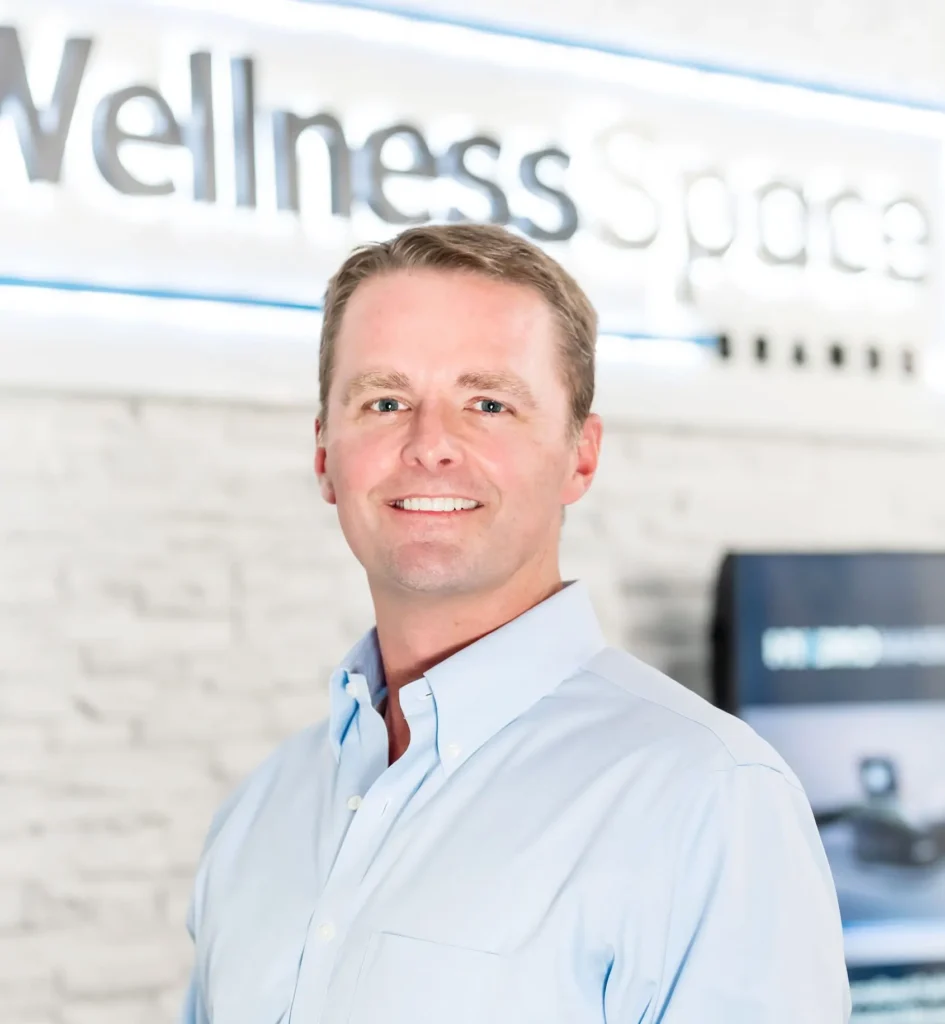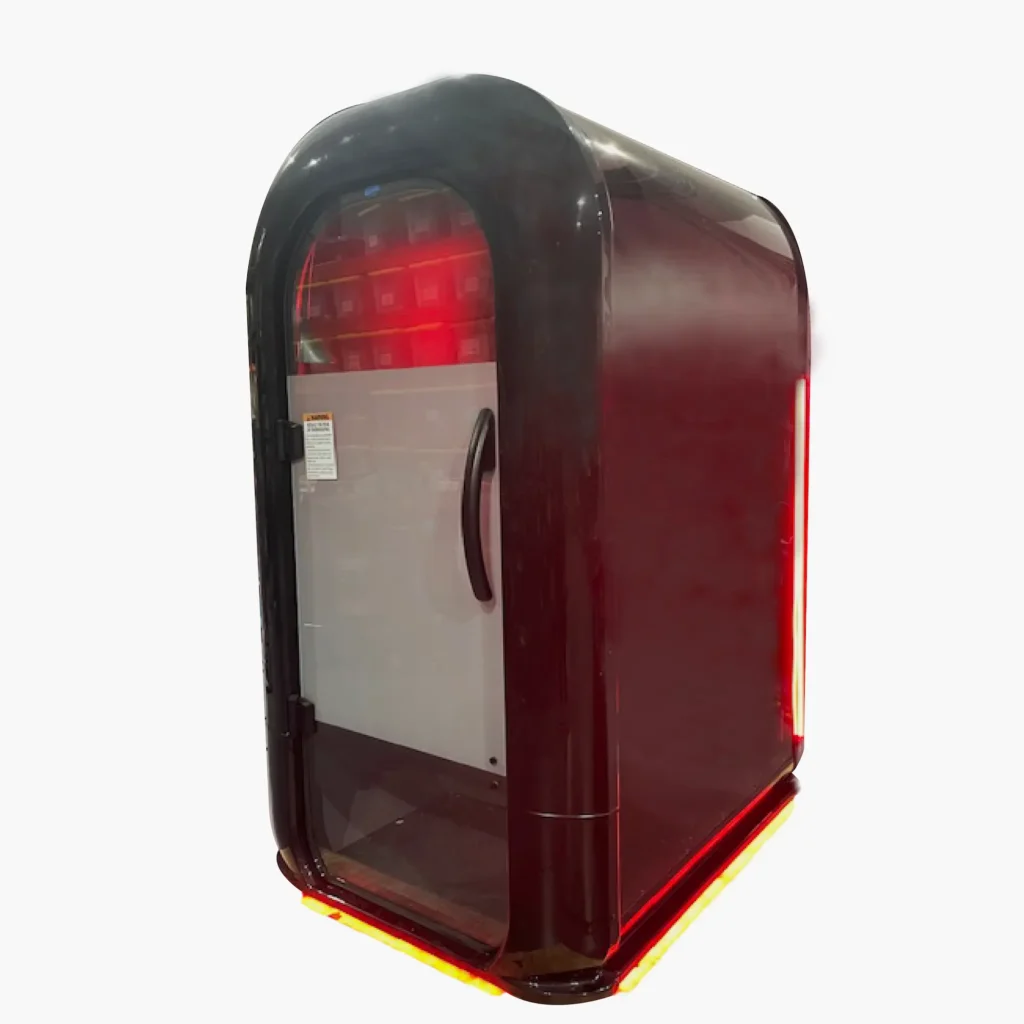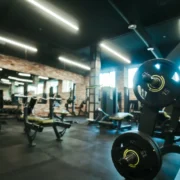Recovery Is the Next Frontier for Personal Trainers
Partnership
Sponsored By WellnessSpace Brands
How WellnessSpace Brands is equipping trainers to guide clients beyond the workout
For decades, personal trainers have been the front-line guides to health and fitness. Clients don’t just follow their programming; they emulate their habits, take their advice to heart and measure progress against the standards trainers set. Trainers hold a uniquely powerful role in shaping how people think about movement, nutrition — and increasingly, recovery.
Recovery itself isn’t new — most gyms now offer some version of it — but its role has fundamentally shifted. What used to be seen as an extra perk is now recognized as a cornerstone of long-term health, performance and results. “It feels like a full-circle moment,” says Kevin Conaway, President of WellnessSpace Brands. “For the longest time it was ‘no pain, no gain.’ But athletes like Tom Brady and LeBron James showed the world that recovery, sleep and mental wellness are just as important as training. That mindset is now embedded in everyday fitness culture — and trainers are the ones bringing it to life.”

Trainers as Trusted Guides
When a client hires a trainer, it’s not just for sets, reps and progressions. It’s for guidance across the whole spectrum of health. “When you look at the trainer-client relationship through the member’s lens, what people really want is a trusted advisor,” Conaway says. “They don’t need you to write a textbook on recovery, but they do want you to be able to talk about how to address their health and wellness more broadly.”
That influence makes trainers the natural leaders in integrating recovery into everyday routines. While gyms can invest in high-end tools, those spaces only come to life when trainers champion them. “Our products don’t necessarily require staff intervention, but we’ve seen that when trainers lead the charge, usage skyrockets,” Conaway explains. “It’s about relating to them, giving them accessible options and showing how recovery can make them feel better and keep them consistent.”
And feeling better is key, because the reality is, overtraining, soreness and injury are common derailers of client progress. Conaway says recovery tools give trainers a way to keep clients on track. “We’ve seen time and time again, a new client signs on with a trainer, overdoes it, experiences soreness and pain and doesn’t want to come back,” he explains. “But if the trainer can offer clients ways to help muscles recover faster and keep people consistent, that’s a wise choice.”
Hot and cold therapy, in particular, has decades of evidence behind it. “Heat pads, massage, percussion guns, ice baths — these have been staples in training rooms and PT offices for years,” Conaway says. “What’s changed is how accessible and versatile they’ve become. Trainers now have tools at their fingertips that don’t just belong in the pro sports world — they can use them with everyday members to support everything from aches and pains to inflammation and swelling.”
A Retention Lever and Differentiator
For gyms and facilities, recovery isn’t just about health — it’s a business play. Clients who feel better return more often, remain engaged and renew their memberships. Therefore, trainers who can guide recovery become invaluable to both their clients and their clubs.
“It’s a win win for everyone,” says Conaway. “Trainers who connect recovery to results are creating deeper relationships, better results and more reasons for members to stick around.”
At the same time, recovery spaces can set a facility apart in a crowded marketplace. “If you want to take an economical approach, you can start with things like heat packs and percussion devices,” Conaway explains. “If you want to go bigger and combine marketing with retention, you can create a full recovery zone with saunas, cold plunges, massage and red light therapy. There’s no one-size-fits-all solution. The right answer is whatever aligns with your budget and your members’ needs.”

WellnessSpace Brand’s Role
WellnessSpace Brands has been at the center of this evolution for decades, with a portfolio of products designed for mass appeal and commercial durability. The company builds toward four principles: staff-free operation, intuitive use, 15-minutes-or-less sessions, and resilience under constant traffic.
“Everything we build is meant to be intuitive for members and scalable for clubs,” he says. “That’s why our tools resonate with trainers too. They can feel confident introducing members to them, knowing they’ll get a consistent, positive experience.”
The company’s lineup includes modalities like HydroMassage, CryoLounge+, and RelaxSpace, along with new innovations such as the RedZone SaunaTM and PolarWave Dry PlungeTM. Each provides a bridge for trainers to expand their role — not as recovery technicians, but as guides who can connect members with the right tools to support their broader health journey.
Conaway believes the future of training will expand as we blend coaching, recovery and wellness guidance. “The same way commercial fitness clubs have evolved, so will the opportunities for trainers,” he says. “If clubs are investing in recovery, trainers are the natural leaders to drive adoption.”
That vision lines up with where the industry is headed: away from fragmented silos of training, nutrition, and recovery and toward a holistic model where trainers are the central hub. “Members are already asking for it,” Conaway says. “The majority of people who hire a trainer are looking for guidance. Recovery is part of that guidance. The wise thing is to get ahead of it.”
For Conaway, the most exciting part is the momentum he sees across the industry. “When you have thought leaders integrating recovery into their own daily lives — people like Tony Robbins using cold plunges and saunas — that moves the conversation forward,” he says. “It shows members that recovery isn’t optional. It’s a lifestyle.”
WellnessSpace Brands aims to keep trainers and operators ahead of that curve, with research partnerships, new product innovation and scalable solutions for every type of club. “The future of fitness is wellness,” Conaway says. “And that future is already here.”



